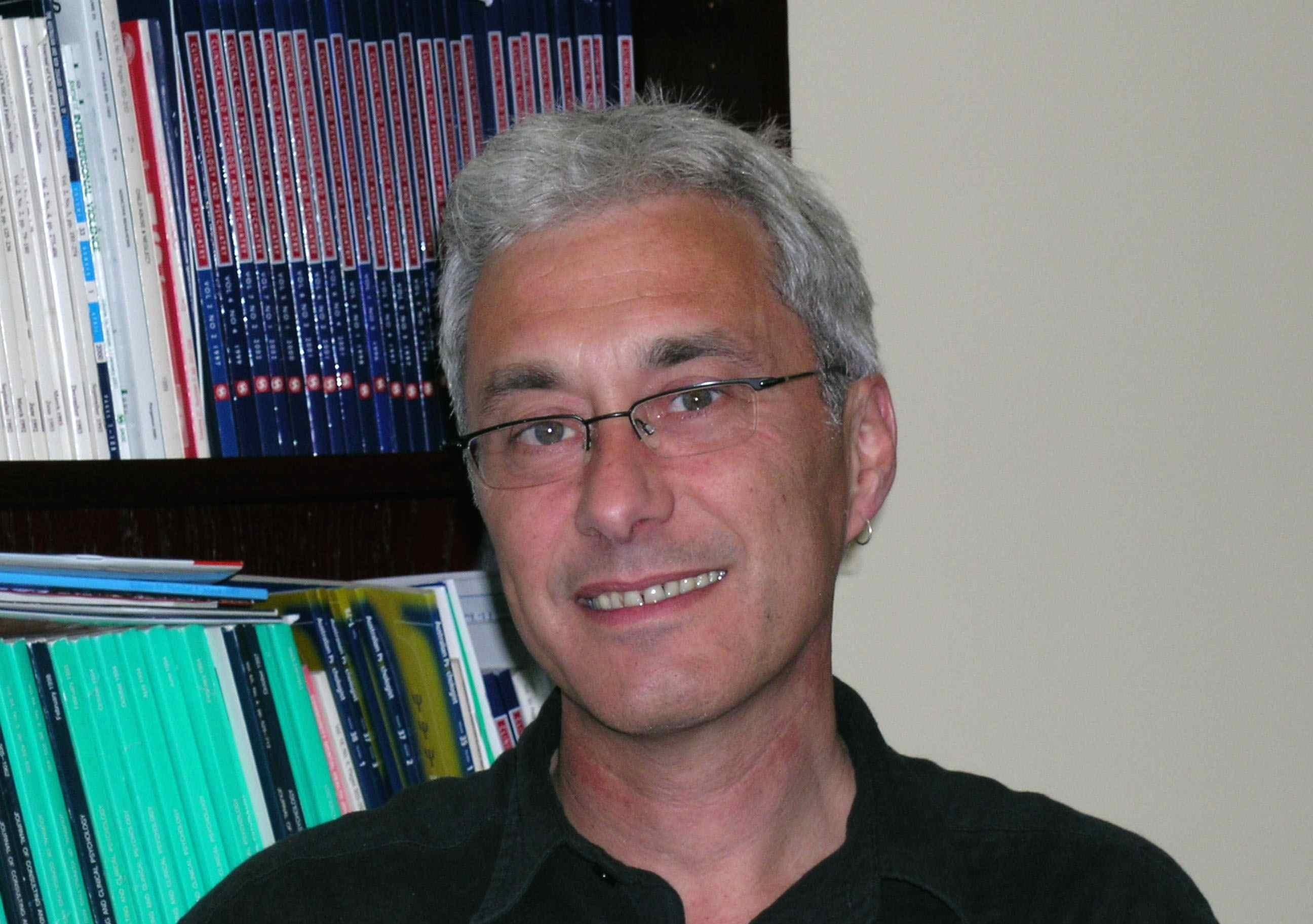Clues to stopping teenage male aggression
UNSW researchers are recruiting for a study that could reveal the drivers of aggression in boys, opening up new treatments to stem violent offenders in future generations.
UNSW researchers are recruiting for a study that could reveal the drivers of aggression in boys, opening up new treatments to stem violent offenders in future generations.

UNSW researchers are recruiting for a study that could reveal the drivers of aggression in boys, opening up new treatments to stem violent offenders in future generations.
The researchers are using the latest in brain scanning technology to explore distinct and different causes of aggressive and anti-social behaviour, each with different neurological pathways, in boys aged 8-16.
Professor of Psychology Mark Dadds, director of the UNSW Child Behaviour Research Clinic, says combative boys appear to fall into two groups – emotional-impulsive personalities who are overwhelmed and likely to lash out (they are referred to as ‘hyperstimulated’) and the more callous or ‘cold-blooded’ subtype.
“We think the majority of aggressive boys fall into the first group. They are living in a world where they’re interpreting us as being hostile to them,” says Professor Dadds, from UNSW Science. “The issue for parents of aggressive kids who are emotional and impulsive is that they get drawn into a cycle of ineffective discipline such as shouting, hitting and getting in their face, which is just counterproductive.”
“But there is evidence of another group who simply are not registering you and I as having emotions, who operate in a world where everything is just an object. Instead of being oversensitive they are completely ignoring the signs of other people, and their violent behavior can be more cold-blooded,” he says.
The current study, led by UNSW Professor of Psychiatry Rhoshel Lenroot in collaboration with Professor Dadds, is using eye-tracking technology to see how brain activity differs between these two groups of violent youngsters when they look at people with varying facial expressions, and if their brain activity changes if they are explicitly told what facial cues to look at.
Previous research has shown that callous children tend to not look at the eyes when shown images of emotional faces, which means they may miss vital emotional cues.
When explicitly instructed to look at the eyes Professor Dadds’ previous work found the boys with more callous traits would correctly identify the emotion, indicating a potential area for early intervention with behavioural therapy.
“Part of what’s going on may actually be problems with the formation of attention and the way that those attentional systems are driving what they key into in the environment,” says Professor Lenroot, who is also a Research Fellow based at Neuroscience Research Australia (NeuRA).
“Something we don’t know is if you redirect that attention, are their brains going to react the way healthy kids’ brains do, or are they still not going to be showing the same kind of emotional response?”
A part of the brain called the amygdala, which processes external threats, is of particular interest. Previous studies have suggested it is likely to be overactive in the emotional-impulsive boys and underdeveloped in the ones with more callous behaviours.
Subjects’ emotional reactions to different facial expressions will also be measured by tracking a range of physiological measures such as how dilated or constricted the pupils are, heart rate, and how fast someone is breathing. These measures are then matched to their brain scans.
Childhood aggression can be one of the first indicators of behavioural and psychological problems later in life. But Professor Dadds says children who tend to show different types of aggression will respond to different kinds of treatment, making proper diagnosis and management critical.
“If you think of those one-punch guys, many of them have been emotional-impulsive all their lives. They walk down the street thinking people are trying to fight them and seriously believe people are giving them looks.
“But there’s also a group in there who perceive someone’s knocked them and don’t even see them as human. They’ll just punch you to get you out of the way,” he says.
The study is currently recruiting for Sydney-based boys with aggressive behaviour between the ages of 8 and 16. To find out more, contact Rhoshel Lenroot on 9399 1884 or r.lenroot@unsw.edu.au
The study is being funded by an NHMRC Project Grant.
Media contact: Linda McSweeny, UNSW Media, 02 9385 8920, 0414 809 120
